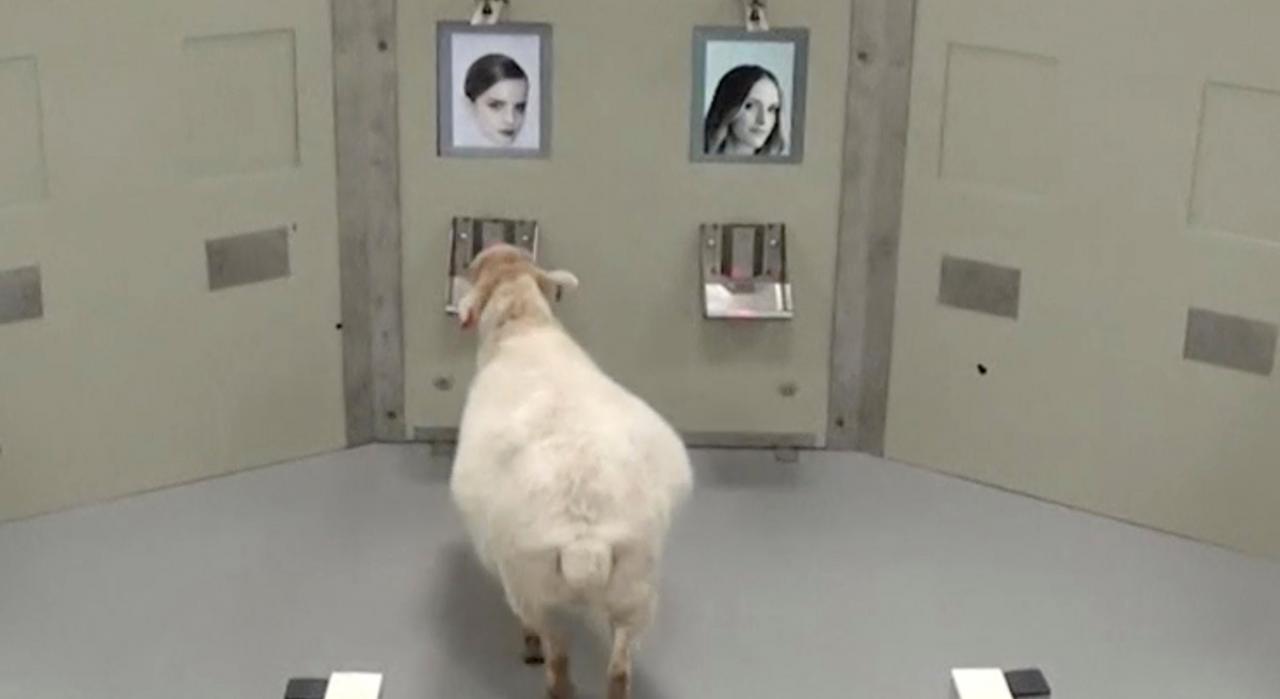
The Standard Model, also known as the Theory of Almost Everything, describes how the fundamental particles of the universe interact. But the model isn’t complete: It fails to account for dark energy and can’t explain why there’s an asymmetry between matter and antimatter, for example. In order to fill in those holes, physicists need new, more precise tools to safeguard their projects from the smallest shifts in magnetization—which can be easily caused by temperature changes or vibrations from passing cars. Magnetic fields are everywhere in the universe, and they easily penetrate matter. Now, researchers are saying that they’ve created a space that’s practically devoid of magnetic fields.
“Precision experiments are able to probe nature up to energy scales which might not be accessible by current and next generation collider experiments,” Tobias Lins of Technische Universität München (TUM) says in a news release. Slamming particles together may generate new, high-energy particles. But the existence of exotic new particles can slightly alter the properties of already known particles, he adds, and tiny deviations from expected properties may indicate that a previously unknown particle inhabits the so-called particle zoo.
Now, Lins and colleagues say they’ve designed a magnetic shield that provides 10 times better magnetic shielding than previous ones. They built it using several layers of a special alloy composed of nickel and iron that has a high degree of magnetic permeability. This allows it to absorb and redirect an applied magnetic field, which ranges from the planet’s ever-present magnetic field to one generated by equipment, like motors and cranes. Numerical models were used to figure out the best thickness, connection, and spacing of the layers.
“The apparatus might be compared to cuboid Russian nesting dolls,” Lins explains. “Like the dolls, most layers can be used individually and with an increasing number of layers the inside is more and more protected.”
It’s the first shield to achieve an extremely low magnetic field over a large volume, creating a space that boasts the weakest magnetic field in our solar system. “This kind of measurement would be of fundamental significance in particle physics and swing wide open the door to physics beyond the Standard Model of particle physics,” TUM’s Peter Fierlinger says in a statement. There are already plans to use the new shield in experiments to test the limits of distribution of xenon isotope charges—and possibly detect the existence of a new particle.
The work is described in the Journal of Applied Physics this week.
Via IFL Science






